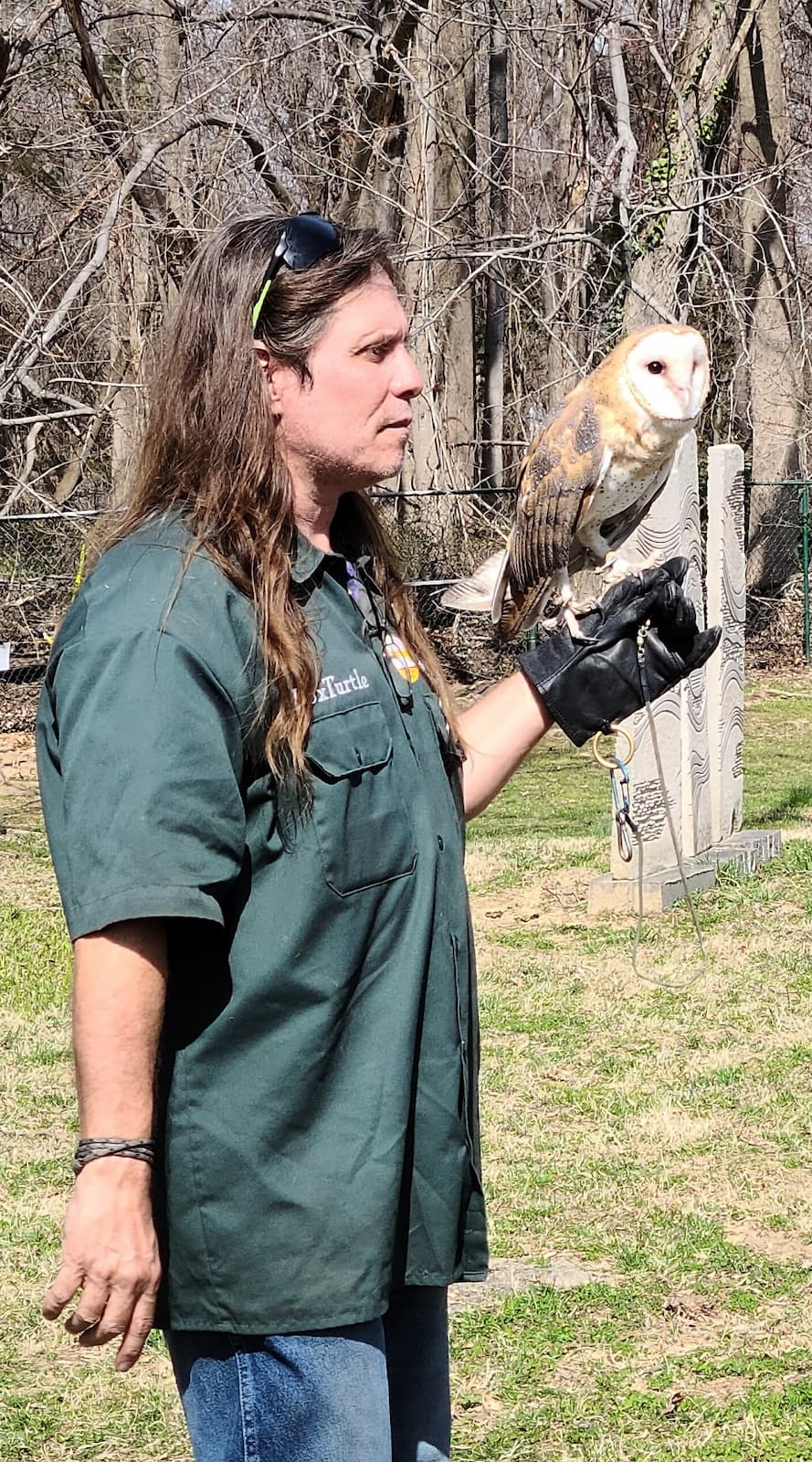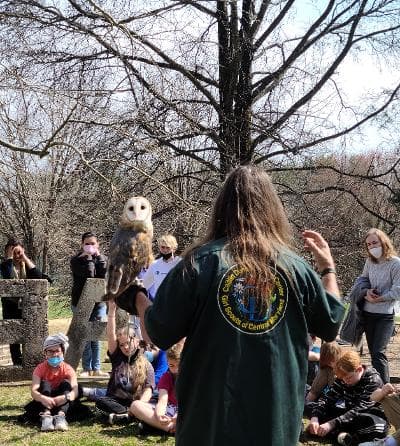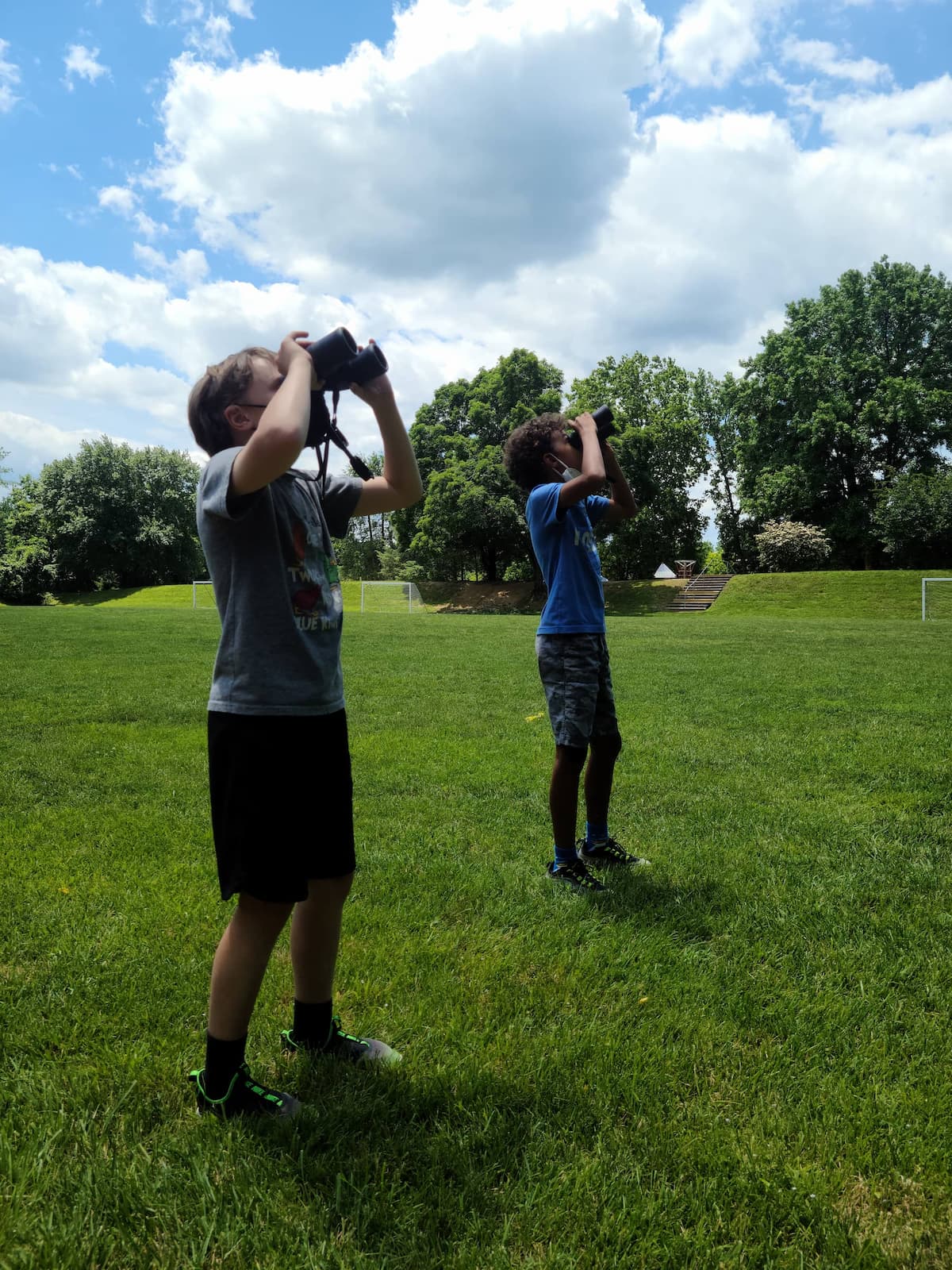Nature on campus as enhancement of GISW Science education
Our science department in recent years has given serious attention to the significant educational opportunity afforded by the location and configuration of the GISW campus, specifically the many forms of resident and migratory wildlife, birds mainly, but also including support for the survival of endangered pollinating insects. Wildlife in many forms is an ever- present part of the seasonal scene on the campus. Science teachers recognized in the regular sightings of species such as Bluebirds, Tree Swallows, Pileated Woodpeckers, Red Shouldered hawks, Barred Owls and others, an invitation to exploit a rich educational opportunity in applied environmental science right on campus, including its large adjacent woodlot.
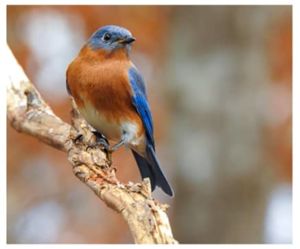
The concept was to use this educational opportunity in a manner that promoted the survival of native species at GISW. Here was a readymade outdoor science lab, brim full of dynamic organisms playing out their existence in plain sight, their arrivals, breeding cycles and departures well matched to the academic calendar. Or, as one student expressed it, “we have so many cool macro-organisms flying around.”
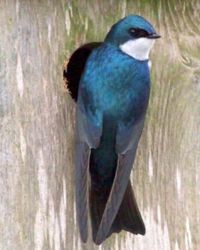
Taking into account the alarming decline in recent years of many of America’s native birds, largely due to loss of habitat and safe breeding sites, the plan called for focusing on two cavity nesting species. Bluebirds and Tree Swallows, two species highly beneficial to area farmers, were selected. Historically both species relied on cavities in old growth trees – cut down since and were known to be active in the area. Nest boxes built according to proven successful designs were assembled and erected on campus at sites selected for breeding safety and oriented to maximize the likelihood of adoption by the birds.
In May as part of the new educational initiative, a raptor specialist came to campus and introduced students to three important birds of prey: a Broad Wing Hawk, a Barn Owl and a Great Horned Owl. All were rehabilitated birds in excellent condition and allowed an extensive presentation including a session of questions and answers.
As class ended in June, the new project had achieved all of its goals: the Bluebirds claimed one of the nest boxes; in short order, a pair of Tree Swallows that claimed another. Each pair raised four young. The Swallows delighted students during the teacher – student soccer match by swooping and diving after insects stirred up by the excitement on the pitch. According to students of the AG “Naturforscher” monitoring the frequency of the parents’ feeding flights, a feeding took place every twelve seconds. After about twenty minutes of flights, the adults disappeared for a time, later resuming their hunt-and-feed cycles.
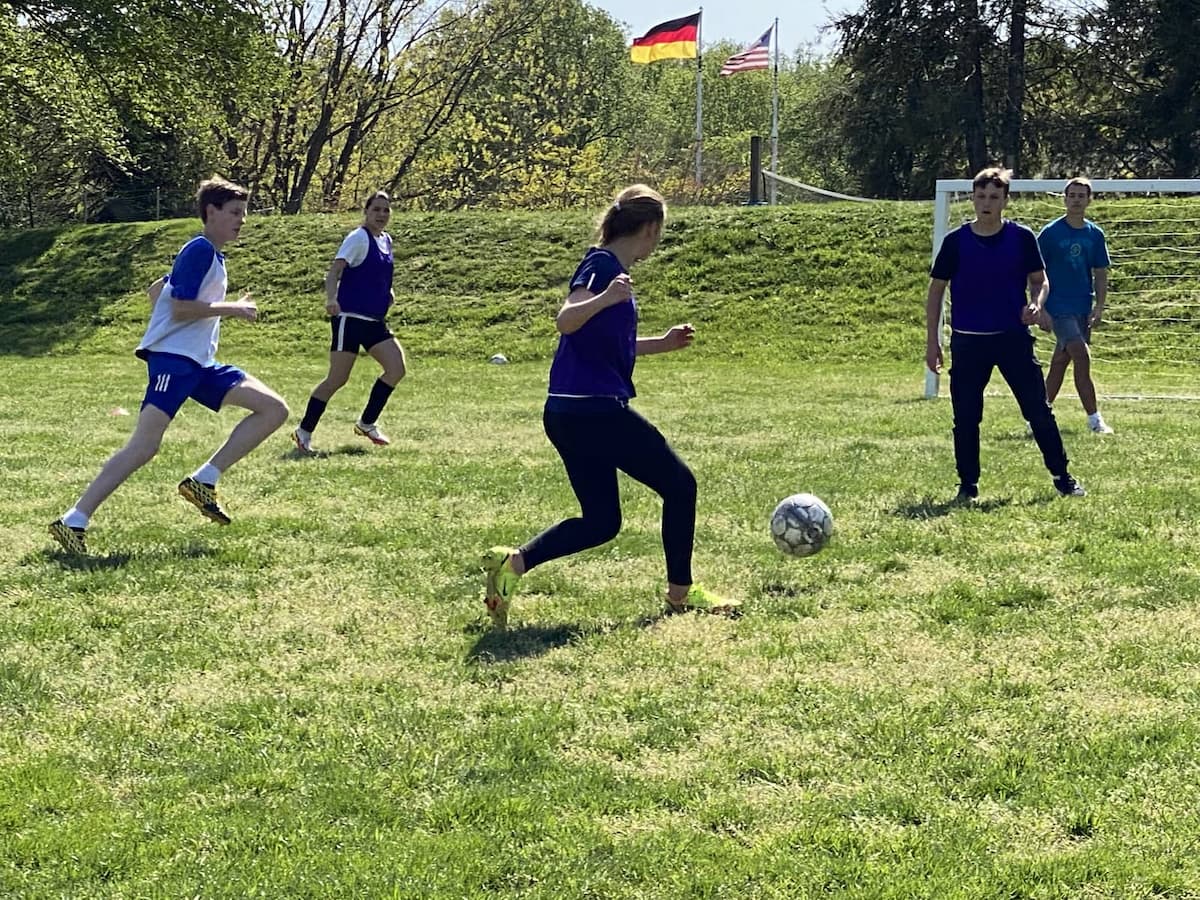
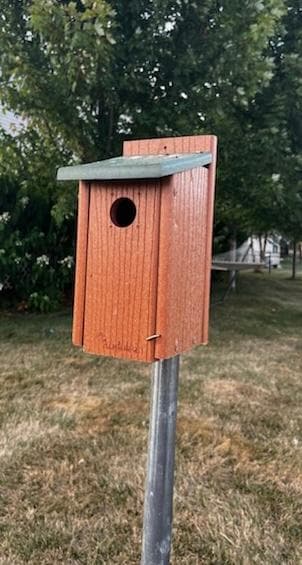
As for other species, an immature Barred Owl was heard hooting in late June in the woodlot, raising hopes that we may be able to attract a resident pair next winter. The owls typically choose a large nest cavity mid-winter and a mate, with egg laying in mid-February. The box we will offer necessarily will be substantially larger than what the Bluebirds and Tree Swallows found so useful.
The pollinator garden project, planned and partially implemented with the guidance of the Audubon Society, was beset by weather and scheduling issues at the start but about sixty plants were in the ground when classes ended. Summer break allowed some blooming and numerous pollinator visits, weather permitting. As classes resume in mid-August, we expect to see the grand arrival of the larger species of butterflies.
The desired effect of these and related programs is the inspiration and engagement of students in the real-time, real-life challenges and rewards of studying the cycles of nature, applying the scientific method to environmental matters for its academic value, personal enjoyment, enhancement of the GISW campus and the surrounding community.
Steffi Colopy
(STEM Coordinator)

